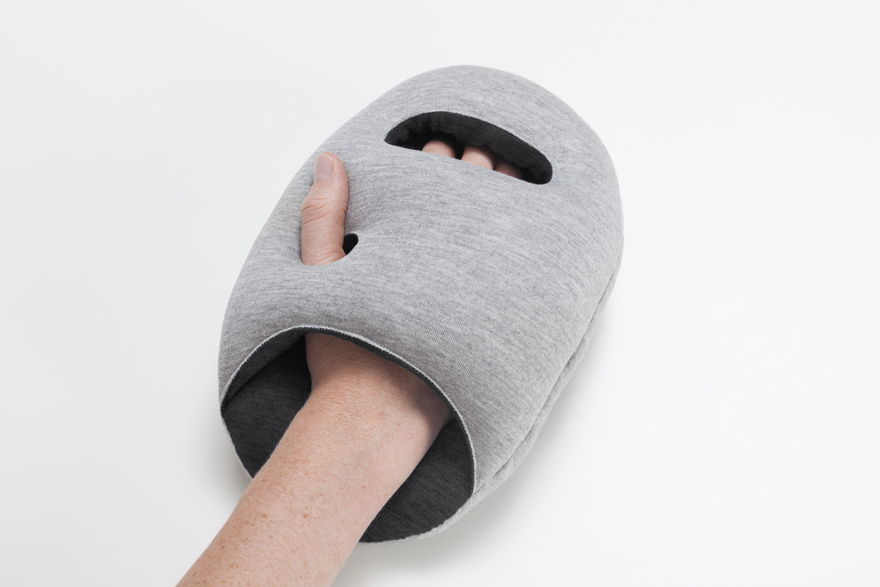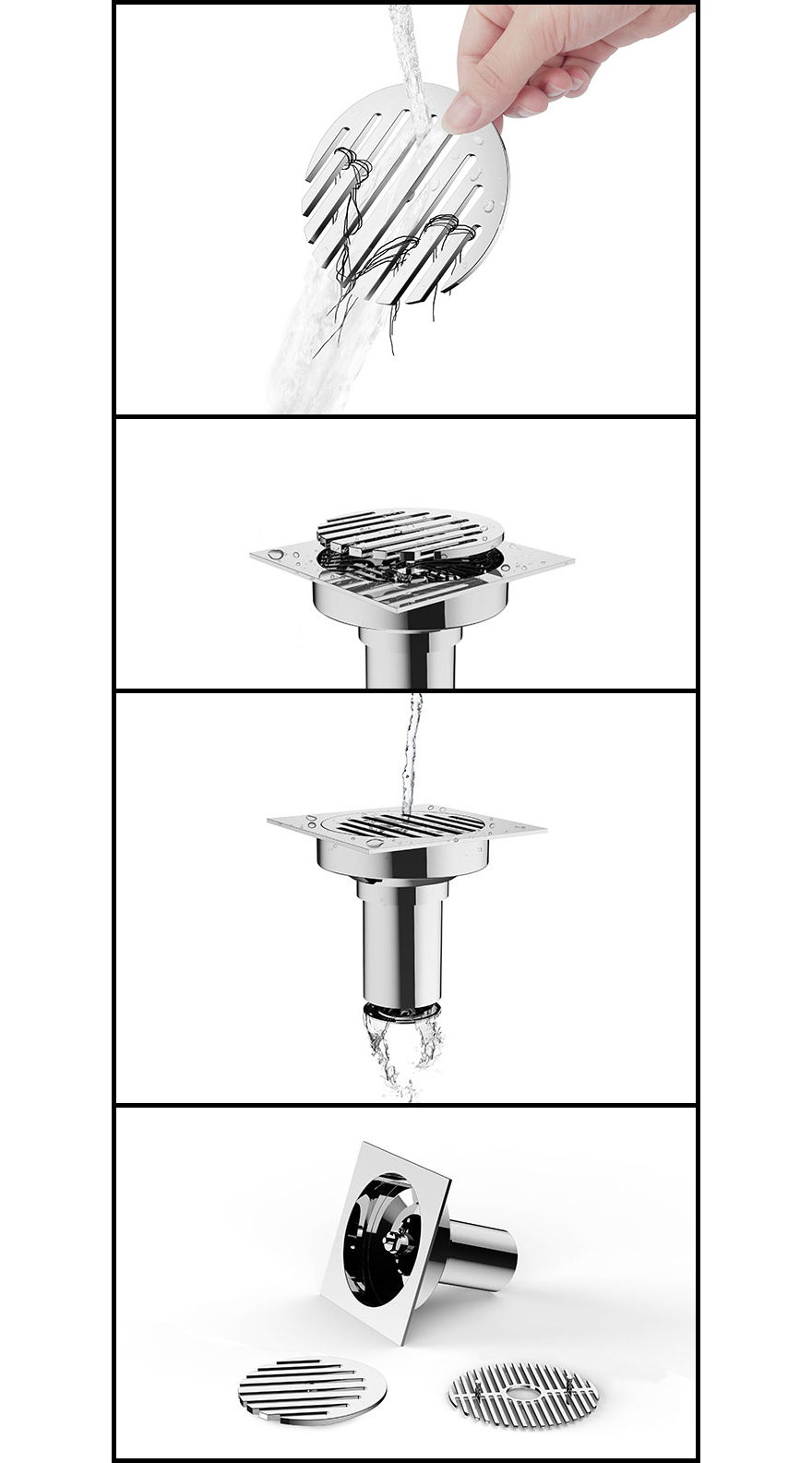![MD_A_Arkitrek_01.jpg]()
Founded by Ian Hall, Arkitrek works to the create socially and environmentally sustainable buildings in Malaysia. I have been following them for several years now, just looking for a reason to contact them other than to just say "Hi! I like what you do. Keep up the good work," and now I have one, so here we go.
Core77: Can you give us a short outline to what Arkitrek is about?
Ian Hall: We are architects and we're motivated use design to solve environmental problems. Problems, like resource consumption, pollution and energy use. To solve these problems usually involves working with people, so we are highly socially minded in the way that we work, but I'm a nature lover foremost and love of wild places and nature is what inspires me
![MD_A_Arkitrek_03.jpg]()
What lead you to start Arkitrek?
Haha. Long story...
One thing led to another. I always knew that I did not want to follow a 'conventional' architecture career. After completing my Part III and getting solid commercial experience, I decided to look for alternatives and I joined an expedition with Raleigh International to Borneo. They asked me to lead a team of young volunteers to do a feasibility study for a jungle research station in Borneo. That was a dream job. I swapped designing shiny urban hotels and started work on primitive huts in the jungle. I joke that 'the people I worked with were primitive too': gap year students mostly. The Raleigh ethos is empowering young people by giving them responsibility for delivering project work in challenging places. After some initial resistance, I embraced this philosophy.
After my Raleigh expedition in 2004, I volunteered to work for The Sabah Foundation, Raleigh's local partner in Sabah, Borneo. The Sabah Foundation manages three rainforest conservation areas and I went on to volunteer for them as an architect, designing jungle camps, staff quarters and research facilities on and off for two years.
I funded this with contract work in London. Six months in London would fund four months in Sabah. During this time, I met the people who would become my first paying clients in Sabah. That's how Arkitrek started.
The name, Arkitrek, was coined by my mate Andy Lo. Andy is a Londoner whose parents are from Sabah. We worked together in London and he came out to visit his family in Sabah and then joined me for a month long design and trekking stint in Sabah's Maliau Basin Conservation Area.
I worked in the most awesome and wild and beautiful places.
![MD_A_Arkitrek_08.jpg]()
What was the main foundation when you started Arkitrek?
During that time with Sabah Foundation I was very concerned with two questions:
1. Should we build anything here? [in this wild and beautiful place]
2. If we do build, what kind of building is appropriate?
A little later, when I was no longer supported by high paying London contract work a third question came into play...
3. How can I keep saying yes to designing small buildings in beautiful places for worthy clients, who can't pay professional fees?
I think that my 'ground pillars' are those three questions.
(more...)![]()




































 From Designing Here/Now, "audioJar" by Sarah Pease, Rhode Island School of Design, DIY - Notable 2012
From Designing Here/Now, "audioJar" by Sarah Pease, Rhode Island School of Design, DIY - Notable 2012 From Designing Here/Now, "Zoku Character Kit" by Propeller, Inc., Zoku, LLC, Consumer Products - Notable 2012, Team credits - Ken Zorovich, Yos Kumthampinij and John Earle.
From Designing Here/Now, "Zoku Character Kit" by Propeller, Inc., Zoku, LLC, Consumer Products - Notable 2012, Team credits - Ken Zorovich, Yos Kumthampinij and John Earle.











